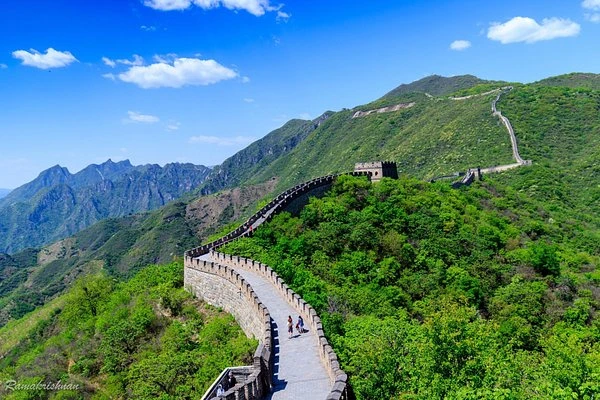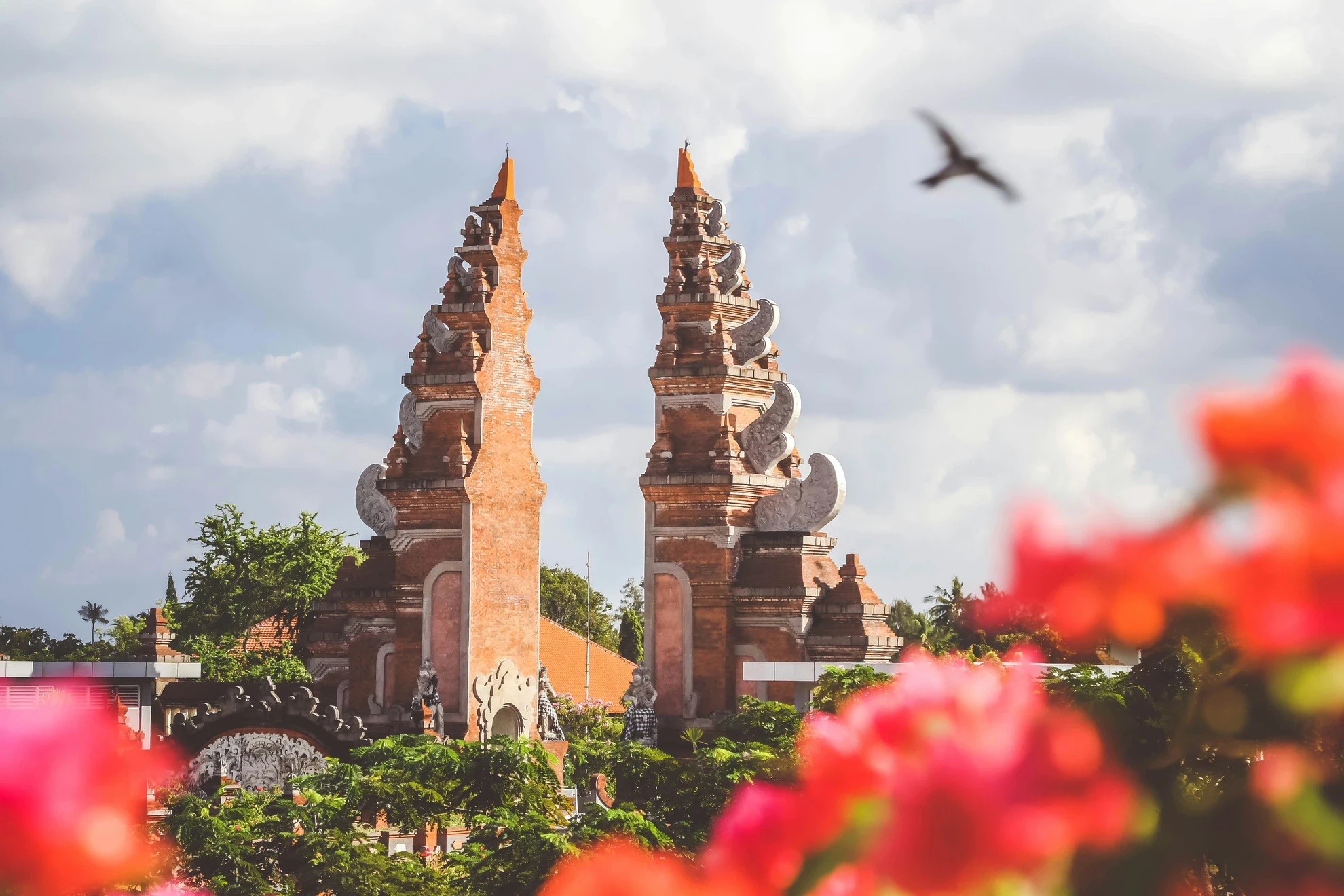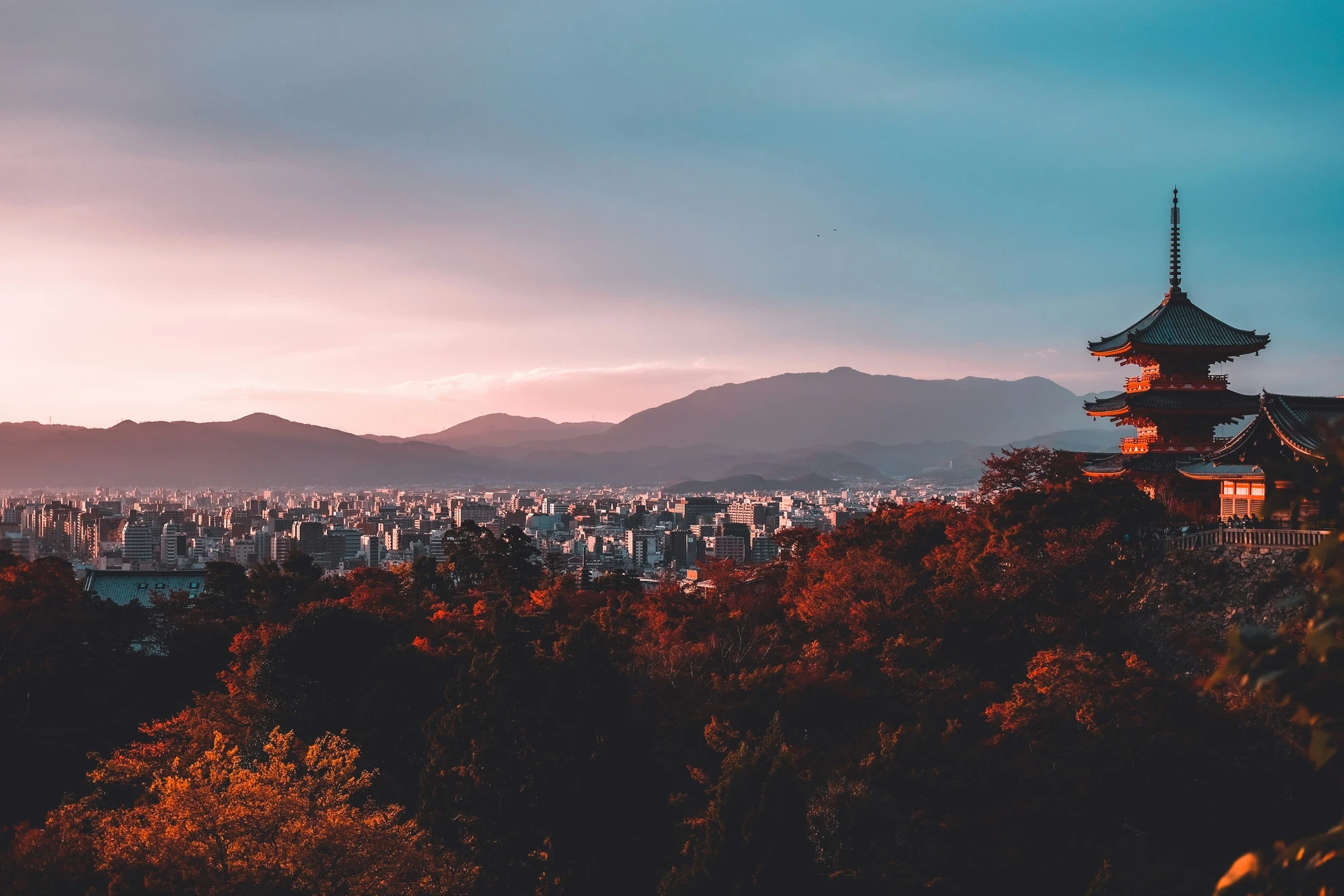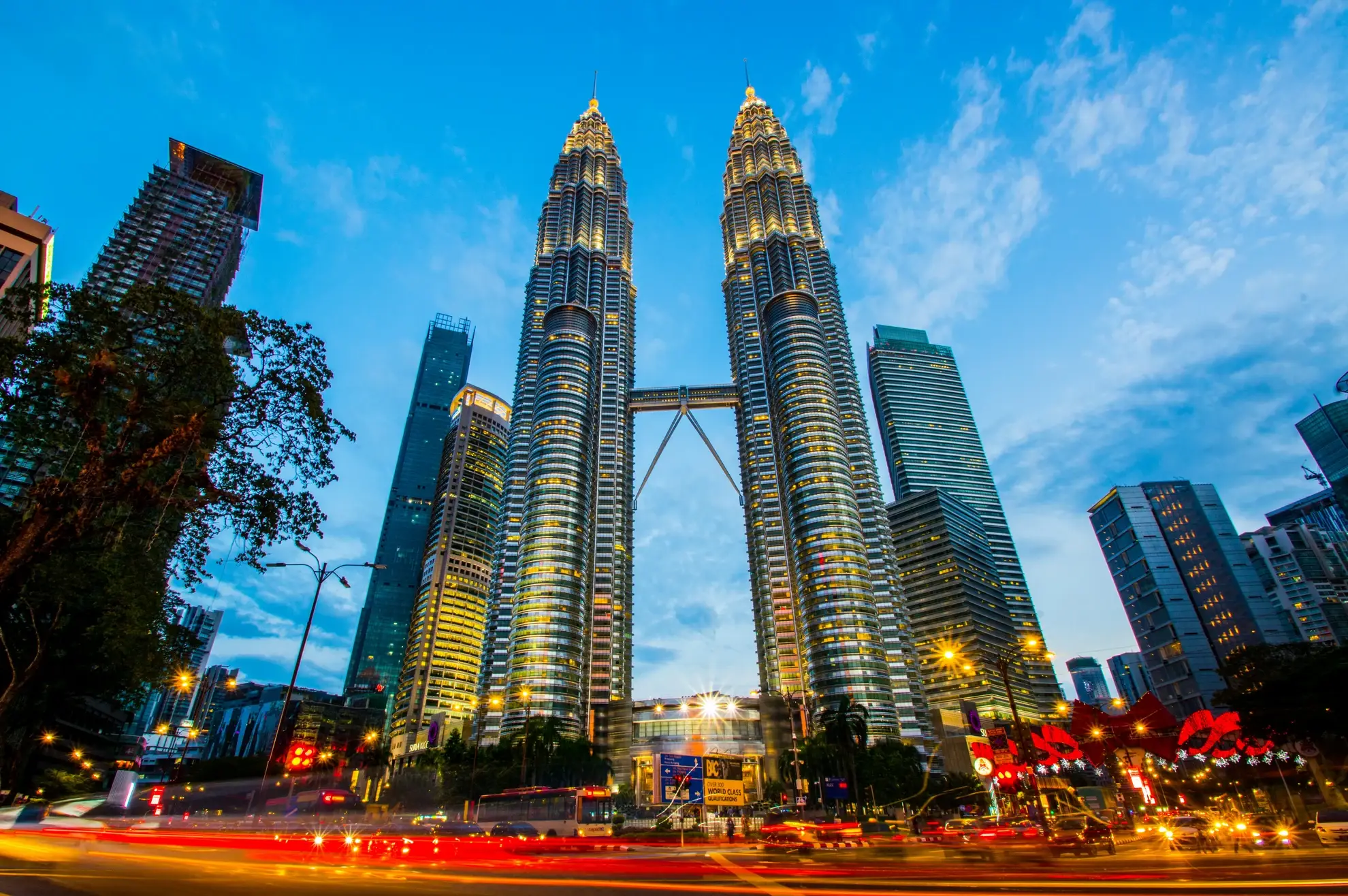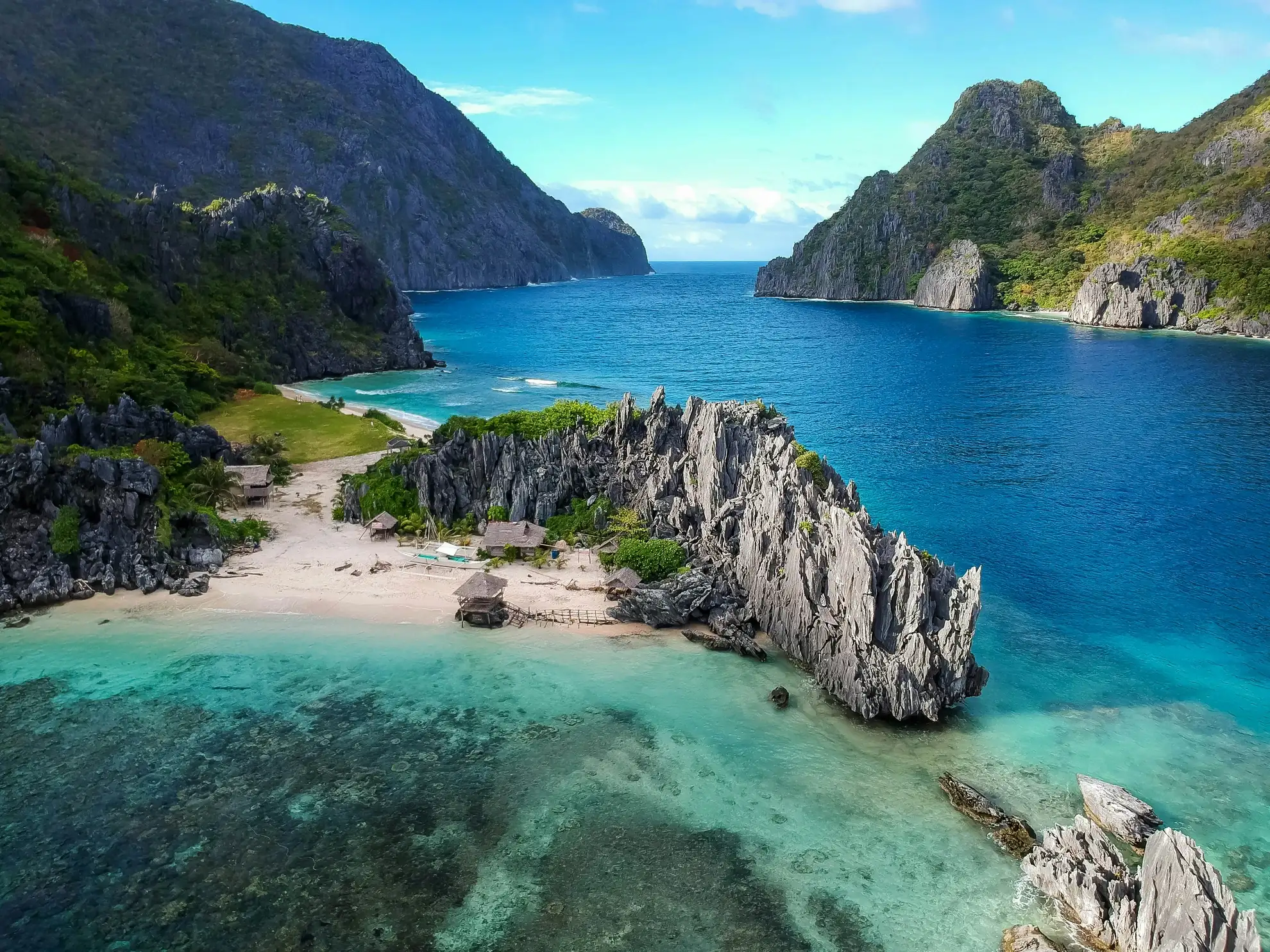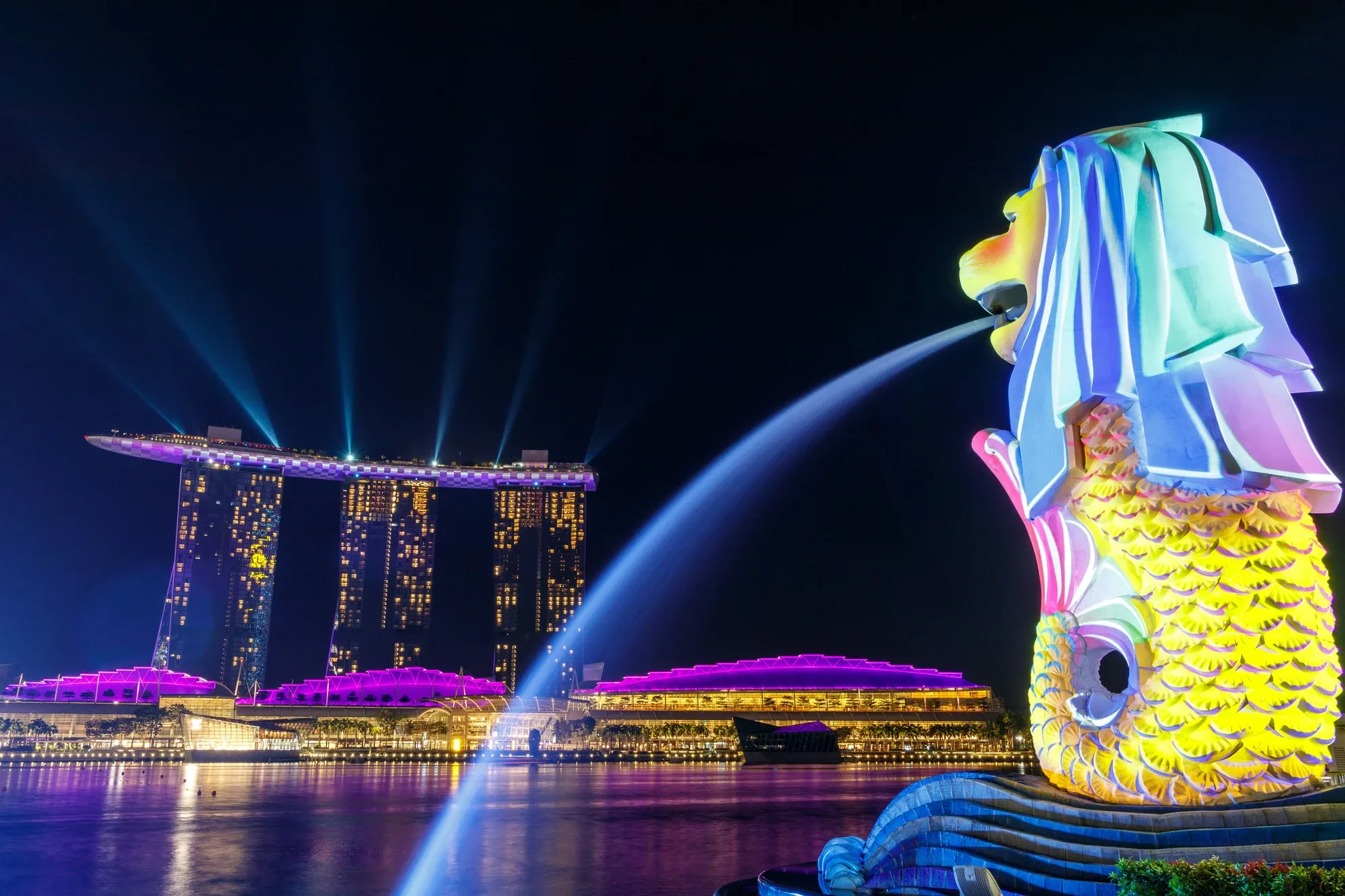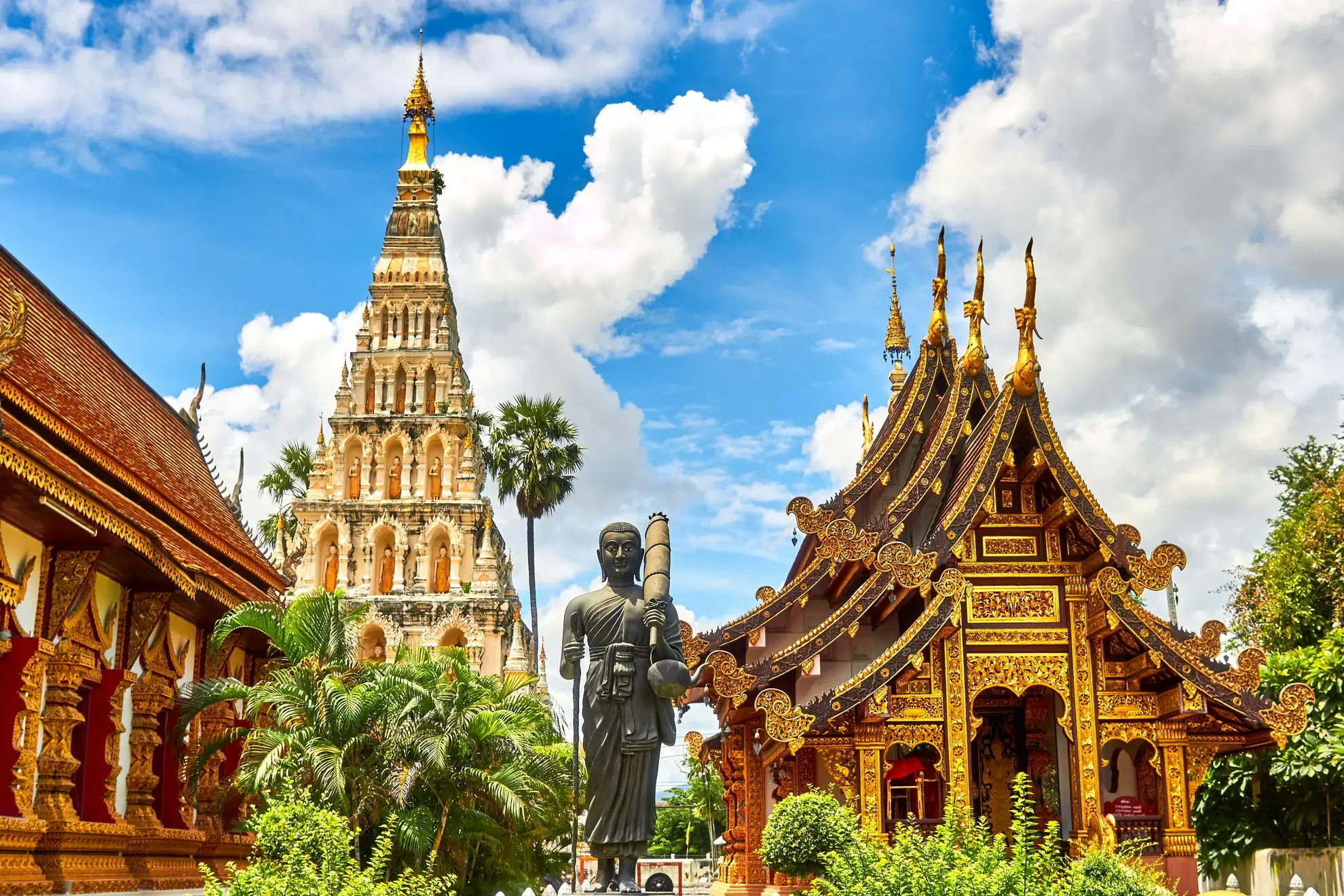eSIM Plans for Travelers to The Asia 11 Countries
Unlimited data at kbps after using
Get Connected Instantly Worldwide
Follow our proven 3-step process to enjoy seamless internet connectivity during your travels. Trusted by over 1 million travelers globally.
Ready to Stay Connected Anywhere?
Join millions of satisfied travelers who choose our reliable eSIM solutions for their international connectivity needs.
What You Need to Know About Asia 11 Countries Network
Network Coverage
urban area
• Major cities have good 4G/5G network coverage, with 5G services rapidly spreading in developed areas.
- Beijing and Shanghai (China): Full 5G network coverage, with speeds exceeding 1Gbps in commercial areas and subway systems, and a stable 4G coverage rate of 98% in suburban areas.
- Tokyo (Japan): Commercial 5G deployment in core areas, with speeds reaching 1.2Gbps in Shinjuku and Ginza, and full 5G coverage at Narita Airport.
- Seoul (South Korea): 95% 5G coverage, with speeds of 1.5Gbps in Myeongdong and Gangnam districts, and stable signals in subway stations.
- Singapore: The nationwide 5G coverage plan is underway, with the government aiming to complete the deployment of a full-island 5G network by 2025. The 5G experience zone at Changi Airport has achieved speeds of up to 1Gbps.
- Kuala Lumpur (Malaysia): Twin Towers and city center with 5G coverage, internet speed of 600Mbps; suburbs primarily covered by 4G, reaching 92% coverage.
- Bangkok (Thailand): 4G/5G hybrid coverage in the city center, 5G pilot at Suvarnabhumi Airport, with commercial area speeds reaching 80Mbps.
- Jakarta (Indonesia): The main urban area has stable 4G, with 5G being piloted in the SCBD business district. 4G coverage exceeds 85%.
- Hanoi, Ho Chi Minh City (Vietnam): 4G high-speed coverage in city centers, with 5G being gradually deployed, internet speeds of 50-80Mbps.
- Manila (Philippines): The CBD area has good 4G coverage with a network speed of 40Mbps, while the signal in the old city area fluctuates occasionally.
- Hong Kong and Macau: Full 5G coverage with an average network speed of 900Mbps, while signal optimization continues in tunnels and certain metro areas.
Tourist attractions and suburbs
• The main attractions have basic coverage, but the signal is unstable in remote/mountainous areas.
- Kyoto Ancient Temples (Japan): Weak 4G signal inside the courtyards, good coverage on main streets. It is recommended to use offline guides.
- Phuket (Thailand): Patong Beach has full 4G coverage, but the signal is unstable during boat trips to the outlying islands.
- The Great Wall (China): The Badaling section has good 4G coverage, while some areas of the Simatai section experience weak signals.
- Ubud, Bali (Indonesia): Stable 4G in the city center, intermittent signal in rainforest hiking areas.
- Fuji Subashiri 5th Station (Japan): The visitor center has 4G coverage, but the signal gradually weakens during the climb.
- Chiang Mai Mountain Area (Thailand): Good 4G coverage in the ancient city, unstable signal in the Doi Suthep hiking area.
- Halong Bay (Vietnam): Stable 4G in the dock area, weak signal between islands at sea.
- Genting Highlands (Malaysia): 4G coverage in resort areas, no signal on some sections of the winding mountain road.
- Mayon Volcano (Philippines): Stable 4G coverage in the foothill towns, only 2G available during the ascent.
- Jeju Island (South Korea): 4G coverage is continuous along the coastal main roads, but the signal weakens in the deep areas of Mount Halla.
- The Forbidden City (China): Open areas have good 4G coverage, with some signal attenuation inside ancient buildings.
- Sentosa, Singapore: Full 4G/5G coverage across the resort, no signal at underwater attractions.
Network Usage Tips
Mountainous and rainforest regions
Signal instability may occur in the Himalayan foothills, the mountainous regions of Sapa in Vietnam, and the tropical rainforest areas of Indonesia. It is recommended to download offline maps in advance. According to the 'Signal Enhancement' special initiative, over 80,000 key locations will have optimized mobile network coverage by the end of 2024.
Typhoon and monsoon influence
During the Southeast Asian rainy season (May-October), base stations may be damaged due to severe weather. It is recommended to monitor local weather alerts and download necessary materials in urban areas in advance.
Language support issues
English language support in Asia is limited; it is recommended to download translation tools in advance.
Urban network congestion
During Japan's cherry blossom season and Thailand's Songkran festival, popular tourist spots may experience network congestion, so it's advisable to avoid using high-bandwidth applications during peak hours. By the end of Q2 2024, the global deployment of 5G base stations had reached 5.94 million, but user density affects the actual experience.
Cross-border signal switching
There may be network switching delays at the Shenzhen-Hong Kong border and Zhuhai-Macao ports, so it is recommended to set up the APN in advance.
Indoor signal attenuation
In densely built-up concrete areas of Japan and South Korea, as well as inside traditional Chinese architecture, signals can be significantly weakened. It is recommended to use the network near windows or in open areas.
Power supply disparity
In some outer islands of Indonesia, the power supply is unstable, and base stations may experience network outages due to power failures. It is recommended to download necessary materials in urban areas or places with stable electricity, such as hotels.
Price assessment
Mobile network coverage in 11 Asian countries has reached 85%, with urban 4G penetration exceeding 90%. However, rural areas in countries like Thailand and the Philippines still have 20% coverage limited to 2G. Nations are actively advancing the construction of 4G, 5G, and fiber-optic networks to expand coverage and promote the iterative upgrade of network infrastructure. Basic urban plans (1GB/day) are priced affordably, while mountainous or island regions recommend opting for 3GB or higher plans to ensure uninterrupted usage. GSMA data shows that mobile data prices in Southeast Asia have dropped by 50% since 2015, with 5G high-speed plans in Japan, South Korea, and mainland China being relatively inexpensive. Mainland China and Singapore have fully commercialized 5G networks, offering stable and high-speed connectivity, whereas some Southeast Asian countries are still in the early stages of 5G deployment.
Recommended eSIM packages relevant to you
Enjoy seamless connectivity on your travels. Choose from our diverse global eSIM plans to enhance your next journey.
